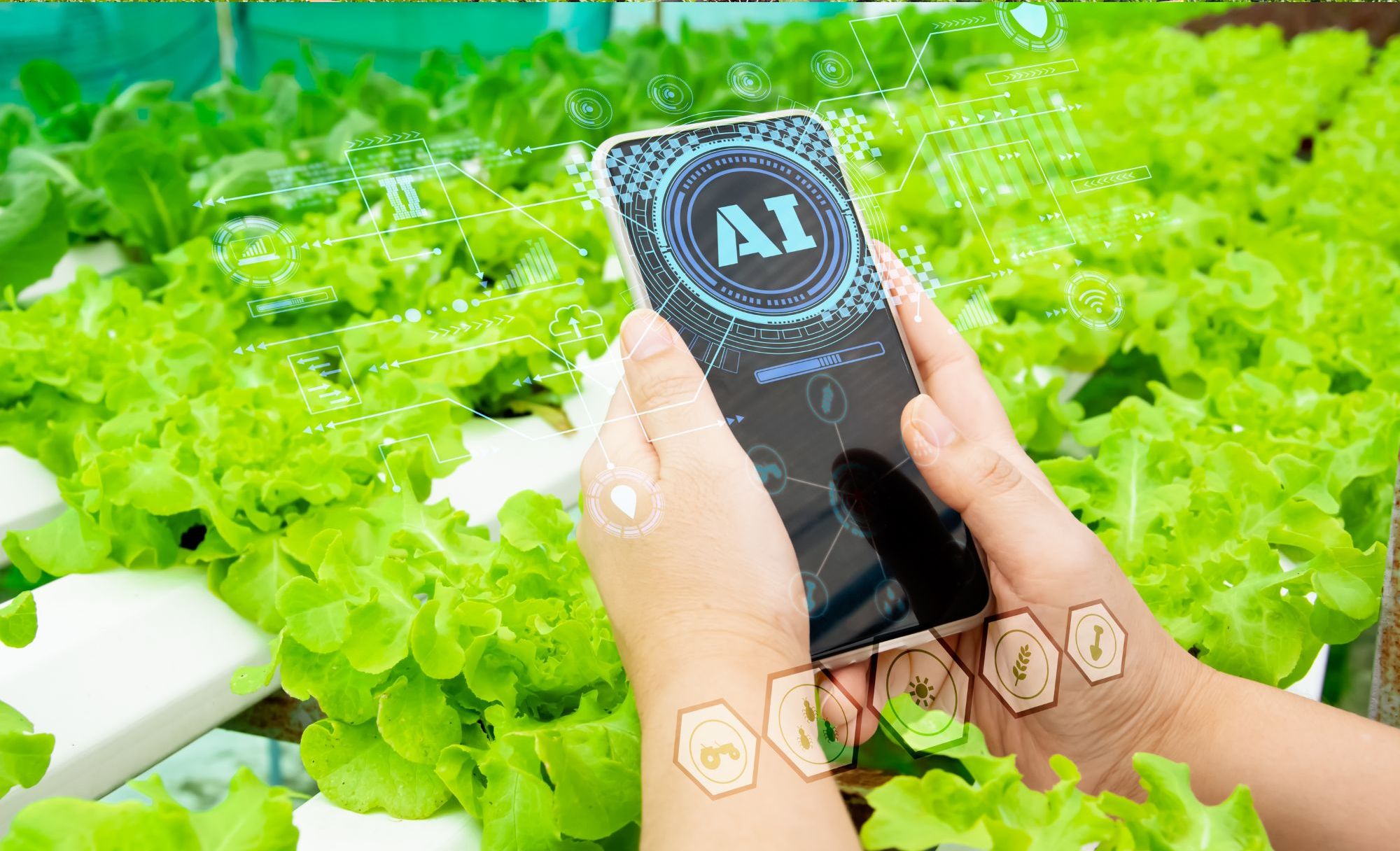Crop Protection Market and Trends
What can farmers do to protect their crops? The answer would be — to manage pests, weeds, and diseases with the help of special methods and products. In general, the protection of crops implies using organic and chemical products aimed at ensuring higher field productivity by eliminating the possibility of pests and disease outbreaks.
The issue of getting the maximum possible yield from every acre is especially relevant today due to the constantly growing world population. More people will need more food, but the land area suitable for growing this food stays the same or even decreases due to climate change. This creates a vicious cycle, pushing farmers to grow more while using the same or even fewer resources while staying sustainable and not contributing to climate change. To do so, they need to ensure healthy crop development throughout the whole season. And crop protection products help them with this. More so, using chemical crop protection with greater precision helps decrease food contamination with harmful microorganisms and naturally occurring toxins, preventing health problems.
Crop Protection Market
According to IHS Markit, the global conventional crop protection products market has grown by almost 5% in 2021, the main reason most evidently being the economic recovery after the Covid-19 pandemic. And even though agricultural producers and input suppliers have been mostly excluded from lockdown restrictions, they felt the impact of the pandemic in terms of reduced migrant labor availability, logistics issues, reduced demand, and more. Another critical factor driving the industry is a return to favorable weather conditions in key markets, including Europe and Australia.
Factors Driving the Industry
The International Food Policy Research Institute estimated that the number of people who experienced hunger globally was closing in to 700 million in 2019. The situation worsened significantly in 2020 due to the global pandemic and quarantine. And according to the State of Food Security and Nutrition in the World, the number of hungry people will reach 800 million in less than a decade if the situation is not taken under control.
Ultimately, food security implies constant access to nutritious and sufficient food. However, it becomes more and more difficult to achieve due to the growing global population and limited farmlands. To cover the future food demand, it’s essential to increase food production across the globe, which is impossible without the use of crop protection products, which of course stimulates the development of the crop protection chemicals industry.
More so, there is different farm software on the market, including ones that offer smart crop protection management. One of those — EOSDA Crop Monitoring — uses AI-based satellite imagery analytics for these purposes. This digital tool allows easy access to data on crop health, soil moisture levels, weather, and more throughout the entire season.
With all this information, users can easily analyze their fields’ productivity, plan crop rotation, and do much more. As for the crop protection suppliers, the platform can help visualize how their product has performed in a particular field and share this data with clients or act as an adviser to help farmers get the most out of the product by altering application rates in different zones, adjusting the time when it’s applied, analyze its compatibility with a particular crop, or anything else.
Factors Restraining the Industry
Due to the nature of crop protection formulations, especially pesticides, they can have negative impacts on human health. Contaminated fruits and vegetables can cause major health issues, including even cancer and birth defects. Because of such potential threats to human health associated with pesticides, fruits and vegetables need to be strictly monitored throughout the cultivation span to prevent any contamination or detect it timely.
Herbicides and Liquid Pesticides Segments Trends
Herbicides occupy one of the largest shares of the crop protection market. They are used to manage weeds. More so, they can help increase soil fertility and even reduce soil erosion. In еthe wild, herbicides can increase biodiversity, which is a bigger benefit compared to threats that may come with herbicide use.
Liquid forms of pesticides mainly in the foliar spray and seed treatment modes of application are in very high demand on the crop protection market. Liquid substances are not only cheaper than their solid analogs but can also be easily mixed with any other product, which also drives the demand for such formulations.
Contact:
If you have any questions, thoughts, or suggestions, please contact us or join our social media networks.
Email us: [email protected], [email protected]
Feel free to comment:
Your email address will not be shared with anyone.
Join our LinkedIn group
https://www.linkedin.com/groups/13943442/
Join our Facebook group
https://www.facebook.com/groups/agribusinesseducationandresearchinternational
You may Also Read:
What is Agricultural Technology? – Agribusiness Education and Research International






Leave a Reply